Do you have a question about the Panasonic SDR-T70 and is the answer not in the manual?
Identifies and explains the handling of the camcorder's external parts and controls.
Details compatible batteries and power source usage for the unit.
Explains compatible SD cards and their usage for recording.
Instructions on how to power the camcorder on and off using the power button or LCD.
Guide on switching between recording and playback modes.
How to navigate and operate the camcorder's menu system.
Steps for setting the unit's internal clock and date.
How to adjust the brightness and color settings of the LCD screen.
Instructions for rotating the LCD monitor to record oneself.
Basic camera positioning and motion picture recording techniques.
Automatic scene setting for optimal recording conditions.
How to resume recording pause mode quickly after opening the LCD.
How to enter recording pause mode quickly after turning the unit on.
Step-by-step guide to starting and pausing motion picture recording.
Choosing the recording destination (SD card, built-in memory, HDD).
Explains different recording modes and their estimated recording times.
Displays messages to guide shooting based on camera movement.
How to capture still images using the camcorder.
Details on using zoom levers and digital zoom features.
How to lock focus and exposure on a moving subject.
Using on-screen icons for various recording effects and settings.
Explains scene modes for different recording situations.
Guide to manual adjustments for white balance, iris, and shutter speed.
Instructions for playing back recorded motion pictures.
How to view recorded still pictures.
Functions for deleting, dividing, copying, and protecting recorded scenes.
Connecting the unit to a TV for playback.
Steps for copying recorded content to a DVD using a burner.
How to transfer recorded images to other video devices.
Overview of PC connectivity and software usage for data transfer.
Terms and conditions for using the supplied software.
System requirements for PC software installation and operation.
Step-by-step guide to installing the VideoCam Suite software.
Procedures for connecting the unit to a computer via USB.
Specific instructions for Mac users regarding PC connectivity.
Explains various icons and indicators displayed on the unit screen.
Lists and explains major confirmation and error messages.
Information on how to repair data management issues.
Provides tips on troubleshooting, cautions, and specifications.
Solutions for common problems encountered with the unit.
Important safety advice and handling precautions for the unit.
Technical details and specifications of the camcorder models.
Alphabetical list of topics for quick reference.
| Digital zoom | 3500 x |
|---|---|
| Optical zoom | 78 x |
| Image stabilizer | Yes |
| Focal length range | 32.8 - 2571 mm |
| Sensor type | CCD |
| Total megapixels | 0.8 MP |
| Optical sensor size | 1/8 \ |
| Effective megapixels (movie) | 0.47 MP |
| Interface | USB 2.0 |
| Video out | 1 |
| Audio recording formats | MPEG1 |
| Display diagonal | 2.7 \ |
| Video formats supported | MPEG2 |
| Image formats supported | JPG |
| Still image resolution(s) | 640 x 480 |
| Camera shutter speed | 1/25 - 1/8000 s |
| Shutter speed (photo) | 1/25 s |
| Shutter speed (video) | 1/8000 s |
| USB 2.0 ports quantity | USB 2.0 ports have a data transmission speed of 480 Mbps, and are backwards compatible with USB 1.1 ports. You can connect all kinds of peripheral devices to them. |
| Flash memory | 4 GB |
| Compatible memory cards | SD, SDHC, SDXC |
| Product color | Black |
| Bundled software | Video Cam Suite V3.5 |
| Depth | 107 mm |
|---|---|
| Width | 55 mm |
| Height | 64 mm |
| Weight | 213 g |
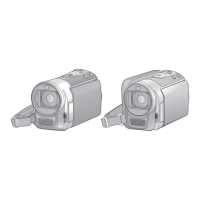
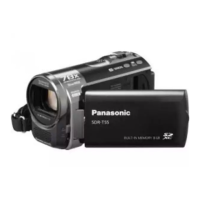


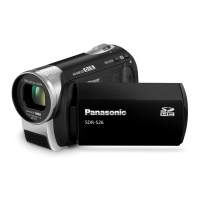
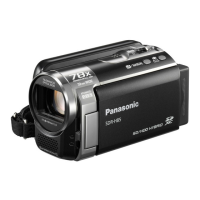
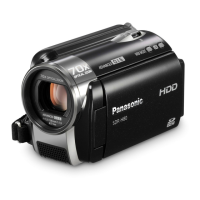
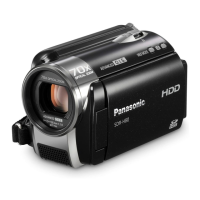
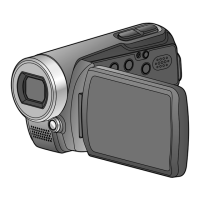
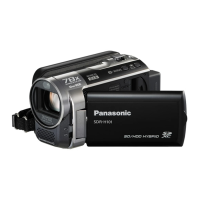
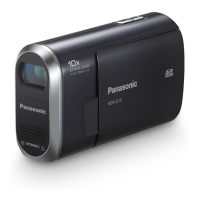
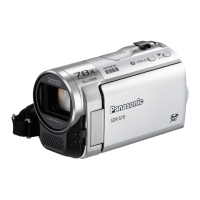
